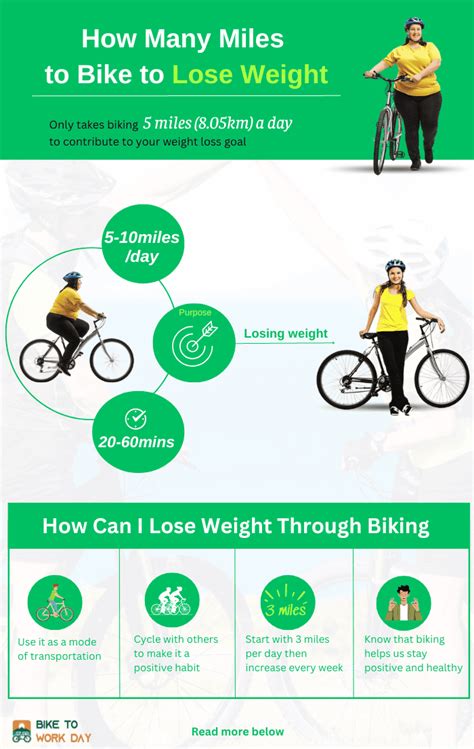The Right Bike Miles for Optimal Weight Loss: Finding Your Pedal-Powered Path to a Healthier You
Cycling is a fantastic way to shed those extra pounds and improve your overall fitness. But how many miles do you actually need to cycle for optimal weight loss? There's no magic number, as individual results vary based on factors like intensity, metabolism, and starting weight. However, we can explore strategies and guidelines to help you find the sweet spot. This article will delve into the science behind cycling for weight loss, explore different approaches, and answer some frequently asked questions.
How Many Miles a Week for Weight Loss?
The number of miles you need to cycle weekly for effective weight loss depends on several factors. A general guideline suggests aiming for at least 150 minutes of moderate-intensity cardio per week, as recommended by most health organizations. This translates to approximately 150-200 miles of cycling, spread over several sessions, depending on your pace and intensity.
However, intensity plays a crucial role. A high-intensity interval training (HIIT) session of shorter duration can be just as effective, if not more so, than a longer, lower-intensity ride. Focus on pushing yourself to a challenging level, even if it means cycling fewer miles.
What's the ideal cycling intensity for weight loss?
You should aim for a level of intensity where you can hold a conversation, but it's challenging to sing. This is generally considered moderate-intensity exercise. If you're new to cycling, start with shorter rides at a moderate intensity and gradually increase the duration and intensity as you get fitter.
Does Cycling Distance Alone Guarantee Weight Loss?
No, cycling distance alone isn't a guarantee of weight loss. Weight loss is a complex process that involves a calorie deficit – burning more calories than you consume. While cycling burns calories, you also need to consider your diet. A healthy, balanced diet is crucial for supporting your weight loss goals alongside your cycling regime.
How many calories do I burn cycling different distances?
The number of calories burned cycling varies widely based on factors like your weight, intensity, terrain, and the duration of your ride. A heavier individual will generally burn more calories than a lighter person cycling the same distance and intensity. Using a fitness tracker or cycling computer can give you a more accurate estimate of your calorie expenditure.
How to Maximize Weight Loss Through Cycling
To maximize weight loss through cycling, consider these strategies:
- Combine cycling with strength training: Building muscle mass increases your metabolism, helping you burn more calories even when you're not cycling.
- Incorporate HIIT: High-Intensity Interval Training involves short bursts of intense effort followed by periods of rest or lower intensity. HIIT is incredibly effective for fat burning and improving cardiovascular fitness.
- Track your progress: Monitor your weight, body measurements, and fitness levels to stay motivated and assess your progress.
- Listen to your body: Rest and recovery are essential. Don't push yourself too hard, especially when starting.
- Stay hydrated: Drink plenty of water before, during, and after your rides.
Is it better to cycle long distances at a low intensity or short distances at a high intensity for weight loss?
Both approaches have their merits. Long, low-intensity rides are great for building endurance and burning a significant number of calories over time. High-intensity interval training (HIIT), on the other hand, is highly effective for fat burning and improving cardiovascular fitness in shorter periods. Ideally, incorporating both types of training into your routine will provide the best overall results.
How often should I cycle to lose weight?
Aim for at least 3-5 cycling sessions per week, spreading them out to allow for adequate rest and recovery. Consistency is key; establishing a regular routine is more important than the specific number of days.
Conclusion
The optimal number of bike miles for weight loss isn't a fixed number but rather a personalized approach. Focus on consistency, intensity, a balanced diet, and incorporate strength training for best results. Remember to consult your doctor before starting any new workout routine. Cycling offers a fun and effective way to improve your health and achieve your weight loss goals. Find a plan that works for you and enjoy the journey!

